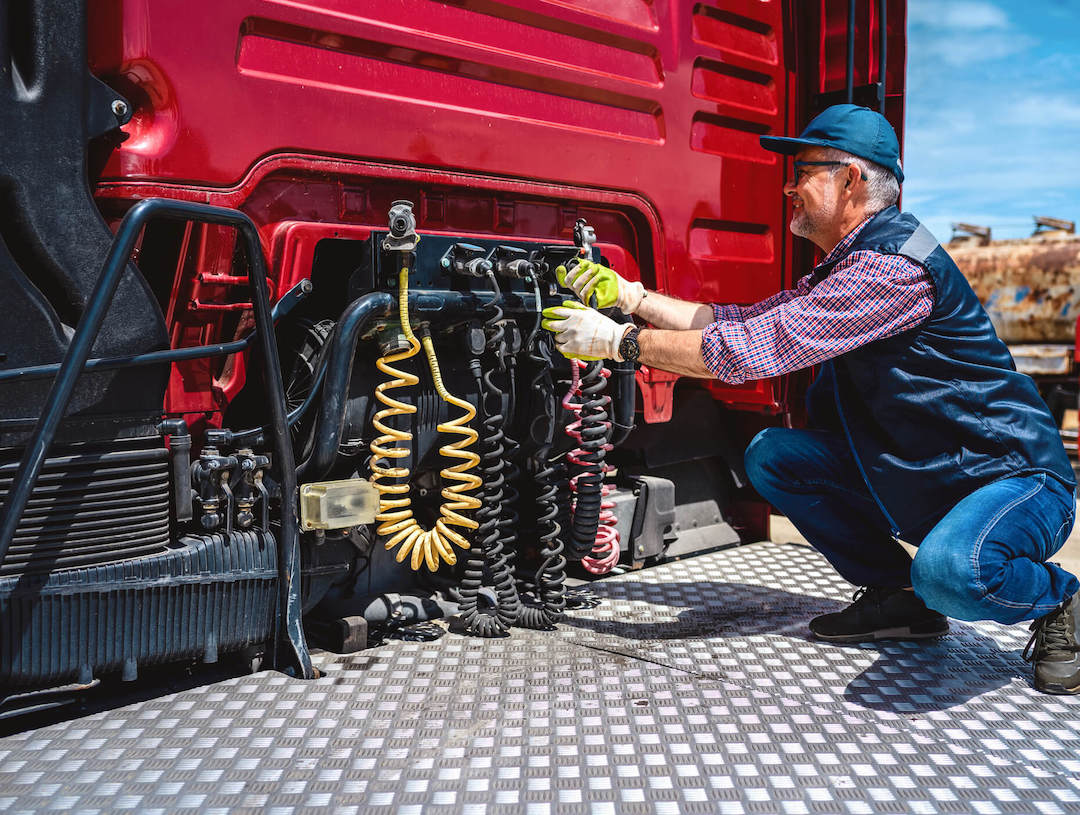Driver Safety Meetings: To Conduct or Not To Conduct

There are many motor carriers that are either unable or unwilling to bring their drivers together for collective, formal safety meet-ings. Reasons for this include; operational tempo (24/7 customer service requirements), a geographically diverse or remotely do-miciled driver force, and use of all independent contractor drivers. A small portion of these organizations use remote internet-based training solutions to “push” video contact to their drivers, while some distribute printed safety material through US mail, but most conduct no formal safety training at all, or simply “talk” to drivers about safety when they have the opportunity to see them.
While remote internet-based training can be effective in commu-nicating concepts, regulations, and techniques to drivers, there is no substitute for the periodic “old school” formal safety meeting. The organizations with the best safety records, that is, both losses and CSA scores, are the ones that demonstrate their commitment to safety by making time to bring drivers together for an organized and professional safety meeting. By doing so, the organization sends a powerful message to its employees that safety is vital enough to put operations on hiatus to focus exclusively on safety. This kind of commitment reflects a strong safety culture. One where the entire organization embraces safety as a value and does not compromise when it comes to safety training.
Military aviation units will suspend flight operations and aircraft maintenance for an entire day, move squadron personnel to the base theater, and conduct an all-day, professionally produced, safety stand-down. There is never a doubt about how important personal safety is within a military aviation squadron. Unfortunate-ly, an all hands, mandatory safety meeting might be too aggressive for a large motor carrier. One or two large, annual meetings are probably sufficient, provided the motor carrier has a means of keep-ing the safety theme or message in front of drivers throughout the rest of the year. An organization can benefit from supplementing its formal safety meeting with more frequent, internet-based video training.
When it comes to safety meetings, the end does not justify the means. That is to say that just having the meeting for the purpose of “checking a box” is not enough. The meeting has to be planned, coordinated, rehearsed, and executed professionally.
If management finds it difficult to bring every driver to a central location, consider making the same safety presentation at several venues, near where a concentration of your drivers is domiciled. Hotel chain conference rooms usually work out quite well. For maximum participation, consider holding safety meetings on Saturday mornings, or on the day just before a holiday weekend, and don’t forget to offer refreshments! Avoid holding meetings on Sundays or actual holidays.
Lastly, a member of senior management/ownership should speak briefly during the meeting to reinforce the organization’s top-down commitment to safety.
If you have any questions about driver safety meetings or would like to learn more, contact Great West Casualty Company below. If you'd like a truck insurance quote click here or if you would like to find an agent, click here.




